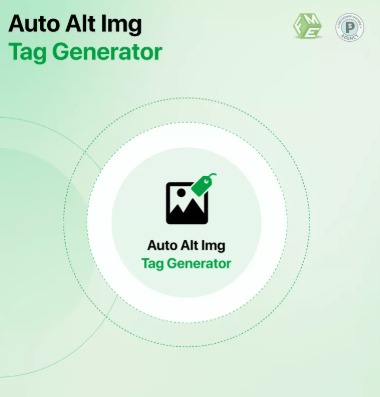In the evolving world of e-commerce, content marketing has become an indispensable tool for building customer trust, boosting search rankings, and enhancing user engagement. For PrestaShop store owners, the PrestaShop blog module offers an easy way to integrate a blog directly into your online store. Managing this module effectively can elevate your store’s SEO, improve customer retention, and strengthen your mobile-first digital presence.
This comprehensive guide will walk you through the best practices for managing the PrestaShop blog module, focusing on responsiveness, SEO optimization, and content strategy.
Why Manage Your Blog Module Carefully?
Mobile devices account for a significant share of web traffic worldwide. Google’s mobile-first indexing means that the mobile version of your website, including your blog, is now the primary source for ranking and indexing. If your blog is slow to load, poorly structured, or lacks optimization, it will affect your overall store’s visibility and user experience.
Proper management of the prestashop blog module helps you:
-
Deliver responsive, fast-loading blog content.
-
Optimize posts for search engines.
-
Engage mobile users with clear, scannable content.
-
Keep your site fresh and relevant.
Setting Up the PrestaShop Blog Module
Before managing the blog effectively, ensure the module is correctly set up:
-
Installation: Download and install a reliable PrestaShop blog module from the PrestaShop Addons Marketplace.
-
Configuration: Configure basic settings such as blog name, description, comment settings, and layout options.
-
Theme Integration: Ensure the blog integrates seamlessly with your PrestaShop theme and is responsive on all devices.
-
SEO Settings: Enable SEO-friendly URLs, customize meta tags, and set up rich snippets if the module supports them.
Organizing Content with Categories and Tags
Proper categorization and tagging are essential for site structure and SEO.
-
Categories: Group posts into relevant themes like “Product Tips,” “Industry News,” or “Customer Stories.” Use clear, concise names and ensure URLs are clean and mobile-friendly.
-
Tags: Add relevant tags to help users find related posts quickly and assist search engines in understanding content topics.
Creating SEO-Optimized Blog Posts
Content quality is crucial. Follow these guidelines for creating posts that perform well on mobile devices and rank higher:
-
Keyword Research: Use keywords that your audience searches for, naturally incorporated into titles, headings, and body text.
-
Mobile-Friendly Formatting: Use short paragraphs, bullet points, and subheadings to improve readability on small screens.
-
Alt Text for Images: Add descriptive alt tags to images to enhance SEO and accessibility.
-
Meta Descriptions: Write compelling meta descriptions that summarize the post and encourage clicks.
-
Internal Linking: Link to related products and other blog posts to boost site navigation and SEO.
Regular Maintenance and Updates
Managing your blog module doesn’t end after publishing. Regular updates and maintenance are necessary to keep your content fresh and relevant.
-
Update Old Posts: Refresh outdated information, update keywords, and improve formatting.
-
Fix Broken Links: Regularly check and repair broken internal and external links.
-
Monitor Comments: Engage with readers by responding to comments and moderating spam.
-
Backup Content: Periodically back up your blog data to prevent loss.
Testing and Monitoring for Mobile Usability
Since mobile traffic dominates, test your blog’s performance across different devices:
-
Use tools like Google’s Mobile-Friendly Test to identify usability issues.
-
Check load speeds and optimize images to reduce bounce rates.
-
Ensure fonts and buttons are legible and easy to tap.
Measuring Blog Success
Track your blog’s impact using analytics tools:
-
Google Analytics: Monitor traffic sources, user behavior, and popular posts.
-
Search Console: Track keyword rankings, indexing status, and search impressions.
-
Use insights to refine your content strategy and improve user engagement.
Conclusion
Effectively managing the prestashop blog module is vital in building a mobile-friendly, SEO-optimized store that engages visitors and ranks well. By focusing on responsive design, quality content, and regular maintenance, you can transform your blog into a powerful asset that supports your e-commerce success in a mobile-first world.









